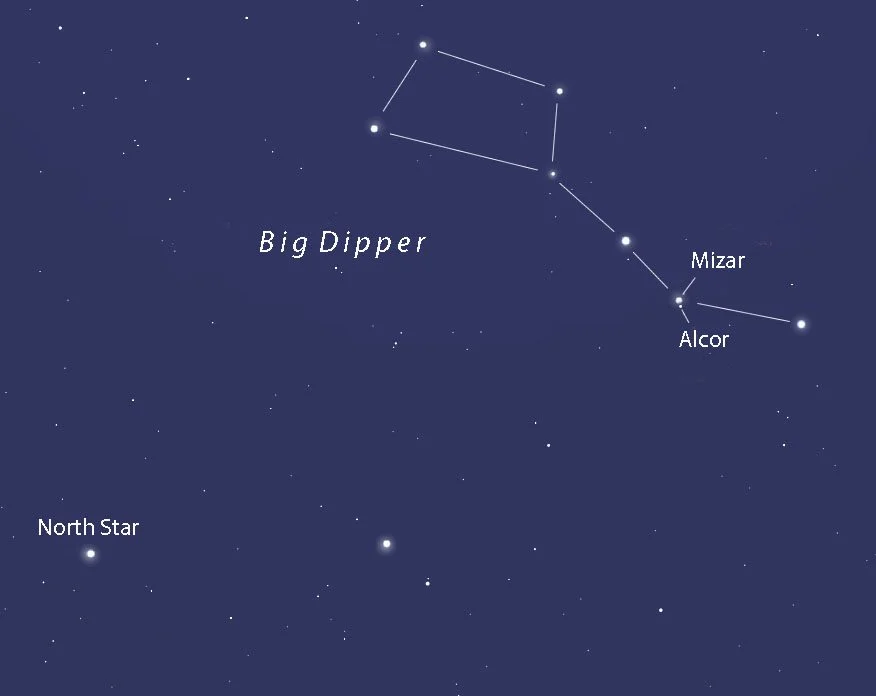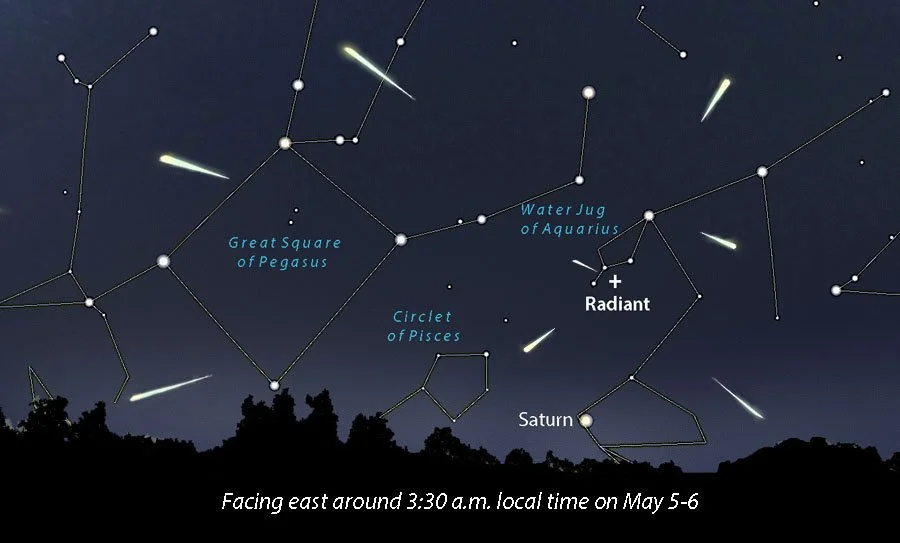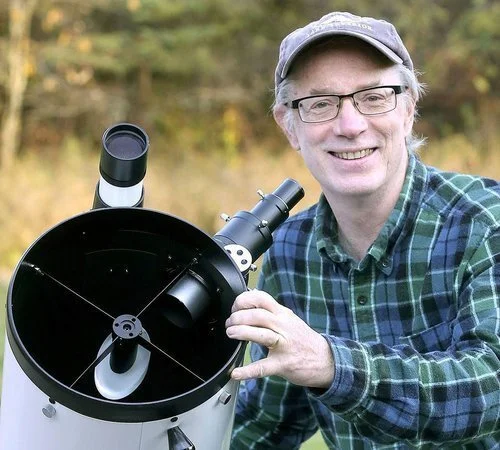May 2024 Night Sky Calendar
Hard to believe but this month will feature no bright evening planets. Jupiter, Mercury and Venus are all too close to the sun for easy viewing. Just Mars and Saturn low in the southeastern sky at dawn hold the fort. Both shine at first magnitude. With the sun rising early, planet-watchers will want to set their alarms for around 4 a.m. and wake up with the birds.
Similarly, the sun now sets much later than it did in early spring, around 8 p.m-8:30 p.m. local time from many locations. Factor in twilight and the sky doesn’t get dark until after 9:30 p.m. Can you feel summer coming?
Great Diamond - Early May
Leo the lion stands high in the south as May opens with Virgo the virgin and its bright star Spica below and to the left of the beast. Once you’ve found Spica look a fist to its right and you’ll land on the compact, trapezoid-shaped constellation Corvus the crow. Those with wide-open southern skies can try to find the largest of the 88 constellations, a scary-long sea-snake named Hydra that undulates beneath the crow.
Have you ever seen the Great Diamond asterism? Just draw a line from Spica to the bright, orange-red star Arcturus in the east and continue upward to Cor Caroli (just off the Dipper’s handle in Canes Venatici the hunting dogs) and then down to Leo’s tail star, Denebola. Together the four stellar gems outline a large, prominent diamond.
In May the Big Dipper wheels overhead. If you look closely at the star in the bend of the Dipper’s handle, Mizar, you’ll see it has a fainter companion called Alcor. Back in ancient Rome if you could separate the two your vision was considered sharp enough to qualify as an archer in the Roman army. Do your eyes make the grade?
Download the free Stellarium Mobile app for Android and iPhone to help you find these constellations and many others. Do a Google search then install the app, set it in night mode (red screen) and point your phone skyward. For a free May sky map and calendar go to skymaps.com/skymaps/tesmn2405.pdf
The month’s biggest event is the annual Eta Aquariid meteor shower. Southern hemisphere observers have the best view with up to 50 meteors per hour possible. Here in the north that number will be closer to 15 because the spot in the sky the meteors stream from, called the radiant, only climbs a fist or two high before dawn.
Events (a.m. indicates the event happens in the early morning sky):
May 1 – Last quarter moon. Rises around 1 a.m. local time and stands due south at sunrise.
May 5, 6 (a.m.) – Peak of the annual Eta Aquariid meteor shower. Meteors from Halley’s Comet! Best viewing time is from 3 a.m. till dawn on both mornings. Settle into a reclining chair and face the northeast or southwest. The thin crescent rises at dawn.
May 7 – New moon Sorry, no eclipse this time around. Partial solar eclipses will be visible in parts of the U.S. on March 29, 2025 and August 12, 2026.
May 8 – Thread-thin, 1-day-old crescent moon very low in the northwestern sky around 40 minutes after sunset. With binoculars you might catch of glimpse of the Pleiades star cluster to the right of the moon in the same field of view. An unobstructed view is a must.
May 9 – The moon will still be a thin crescent but farther up from the sun and easier to see. Look northwest about an hour after sunset.
May 12 – Waxing crescent shines just 2 degrees to the left of Pollux, the brightest star in Gemini the twins.
May 15 – First quarter moon. Stands nearly due south at sunset and sets around 1 a.m. local time.
May 23 – Full Flower Moon, named for the profusion of seasonal wildflowers. To watch the moon rise, check your local rising time at timeanddate.com/moon
May 24 – Bright moon shines 1.5 degrees to the lower left of Antares, the brightest star in Scorpius the scorpion.
May 31 (a.m.) – Close conjunction of Saturn and the last quarter moon. Look low the east-southeast 90 to 60 minutes before sunrise. Use the sunrise-sunset calculator at timeanddate.com/sun/to nail down your local sunup time.
Bob King is an amateur astronomer, author, and passionate educator. He served as a photographer and photo editor at the Duluth News Tribune for 39 years and taught at the UMD planetarium. Bob’s work had a great impact on Voyageurs National Park. To achieve International Dark Sky Park certification, the park was required to host dark sky education events. Through the Night Sky Explorer webinars, the Conservancy was able to fulfill this component and help secure the certification for Voyageurs National Park. We can’t thank Bob King enough for sharing his talents and knowledge with the Conservancy community to support dark sky preservation.






